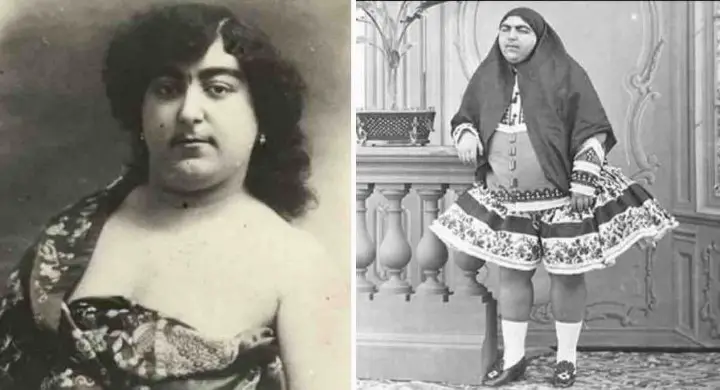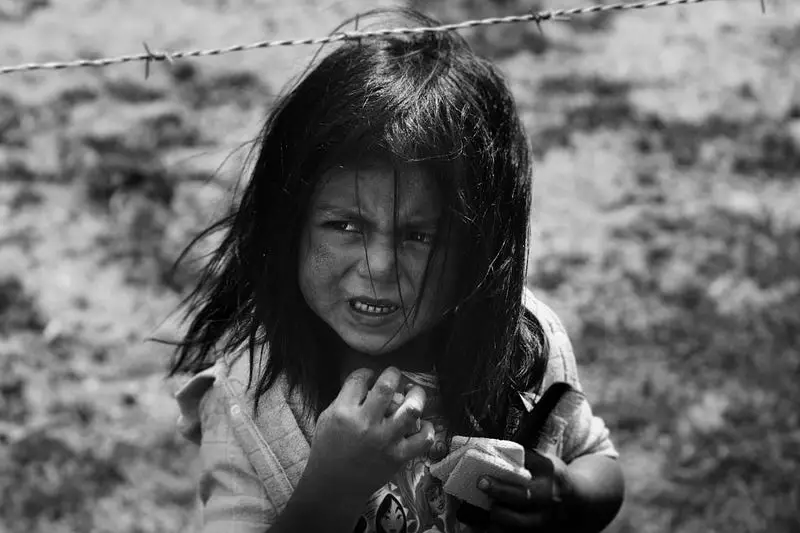 ecently, I have seen these photos circulating around various social media platforms and people representing them in the wrong light. Some mentioned that these were men dressed as women as, within 19th-century Perisa, women were not allowed to act. Others mentioned that these were the first drag queens in modern history, however, that is also wrong.
ecently, I have seen these photos circulating around various social media platforms and people representing them in the wrong light. Some mentioned that these were men dressed as women as, within 19th-century Perisa, women were not allowed to act. Others mentioned that these were the first drag queens in modern history, however, that is also wrong.
What you can see in the picture is actually what was considered to be the most beautiful woman from the 19th century. The first is Zahra Khanom Tadj es-Saltaneh, daughter of Naser al-Din Shah Qajar, King of Persia in the late 19th century. Zahra was born in 1883 and as the daughter of the King, she was very respected by the population.
The second woman is actually Princess Fatemeh Khanum “’Esmat al-Dowleh”, an early Princess of the Royal Persian family born in 1855 who was also considered the most beautiful woman in Persia in her time of youth. You can very well see that both women have a mustache.
Inforced Beauty Standards
Does she have a mustache? The answer to that is yes and this is because the Persian society at the time influenced the beauty standard to a “more natural beauty” making the society at the time see facial hair on women as something very attractive. This is quite similar to how present society sees women with lots of makeup on as beautiful and attractive, at least from a social point of view.
If you look around for photos of other Persian women from that period you will not find many if at all any and this is because the King made it illegal to take photos of women, but as he was the King he was able to take photos of women within the Royal Family.
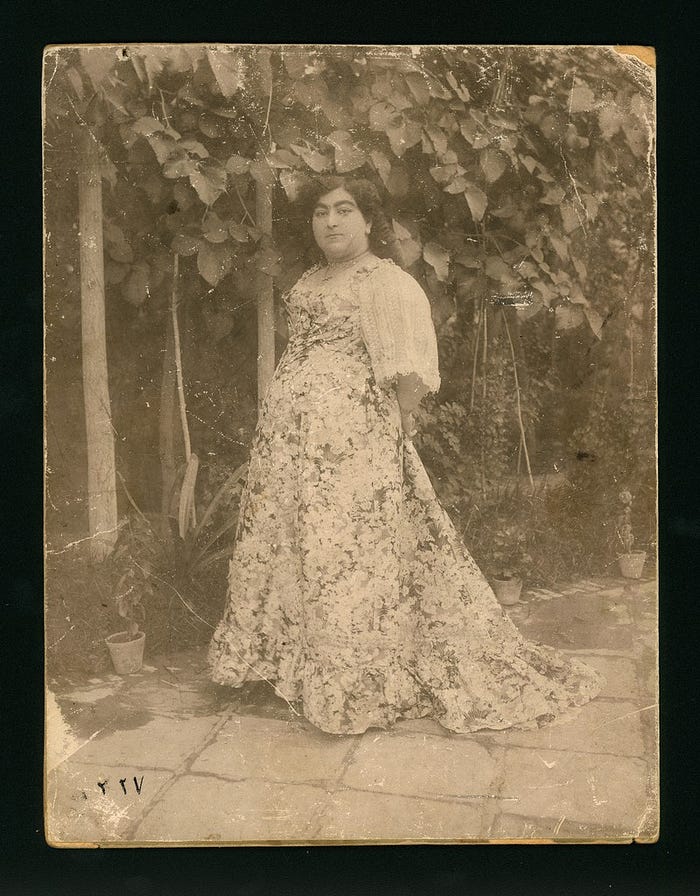
Another aspect that can be seen is how most of Princess Zahra, as her descendants, were a bit on the bigger body size and that was considered also very attractive. This is the exact way the King liked his women and of course, he thought that everyone else should have the same tastes as the king.
Interests
In this case, it was part of the insecurities that his daughters may have had towards other women from society as well as his desire for everyone to agree with his taste in women. Society had to obey the word of the king, otherwise, it would have meant a visit from the King’s guards. Some of the bigger personalities within the Persian scene at the time really found these women attractive, especially Amir Hussein Khan, the man who got engaged to Princess Zahra.
Some say that Amir Hussein Khan really found Princess Zahra attractive, whilst others argue that he only went after her in the interest of gaining power by being part of the Royal family.
Western Influence
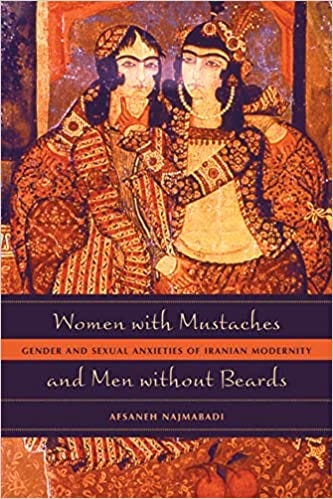
Whilst the Persian society was “forcefully sold” on the beauty standards imposed by the King, the western world at the time had a very different view on the beauty standards. In a book written by Dr. Afsaneh Najmabadi entitled “Women with Mustaches and Men without Beards: Gender and Sexual Anxieties of Iranian Modernity”, the author describes the way that western women observed Persian women based on their beauty standards.
The heavily accentuated eyebrows and mustaches gave women a manly look which is not part of the beauty standard within women is what mentioned some Belgian girls from that period of time upon seeing the photos. The book also dwells in more detail on the beauty standards set in Persia during the 19th century.
Near the middle of the 20th century, western influences started to affect these beauty standards within Persia, making men open an eye to something more attractive from their primal instinct. By western standards these women were called ugly, although every woman is beautiful in her own way, following a certain trend or standards to look in the eyes of society is wrong.
The western world started to introduce beauty standards that have gone global and it slowly changed the standards within Persia. Today women try to fake beauty when the true answer to the beauty of a woman is her natural look, at least in my opinion.
Comparing history with present times
If we look at how society today is trying to set beauty standards (especially enforced by the western world) we see not much of a difference from how beauty standards were enforced in 19th century Persia, heck I would say that it is actually must worst now then it was back then. Some social groups are very judgemental and very aggressive if other girls say something about the way they present beauty and are especially triggered if a woman uses their natural beauty to challenge these beauty standards.
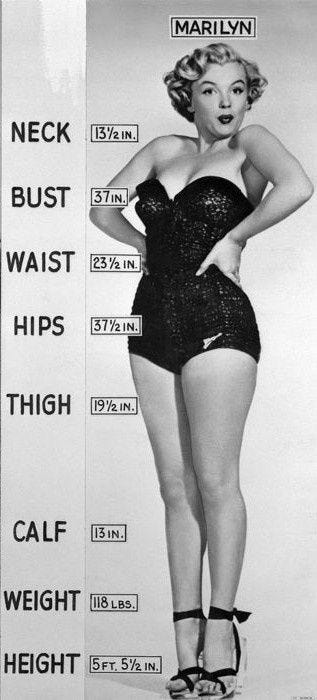
There are many factors to blame here such as social media, influencers that control the view of younger generations paving these standards into the concrete, and even some celebrities. Have a look for example at the first celebrity to influence beauty standards within the western world, Marilyn Monroe who at her peak (1950–1960) was seen as the most beautiful woman in the world.
Here we see a picture presenting the exact height, weight, and measurements a woman should have in order to be considered beautiful or attractive by men. As you would expect, most women fell for it as men started making new expectations of women. This is why beauty itself has become since the 19th century to be controlled by social trends rather than remaining to be defined by the eyes and heart of a man.
What I want to say is that the beauty of a woman should not be measured by numbers such as weight, height, or numbers of likes on social media platforms. The beauty of every woman should be seen with the right eyes and every woman should be considered beautiful with her natural looks.
Avid Writer with invaluable knowledge of Humanity!
Upcoming historian with over 30 million views online.
“You make your own life.”

